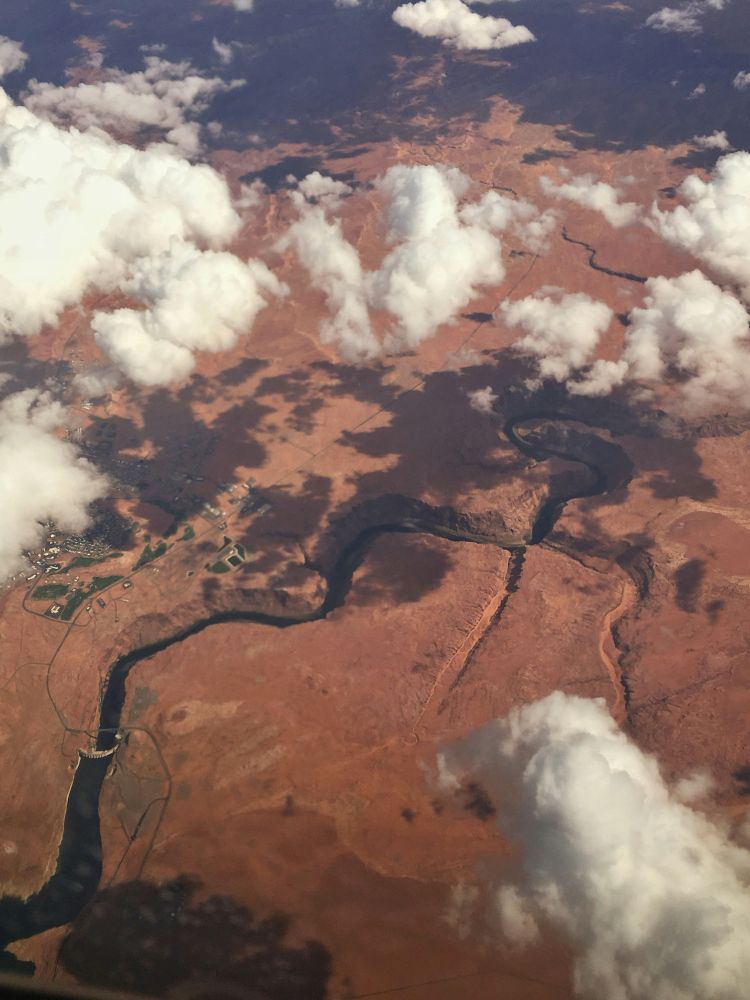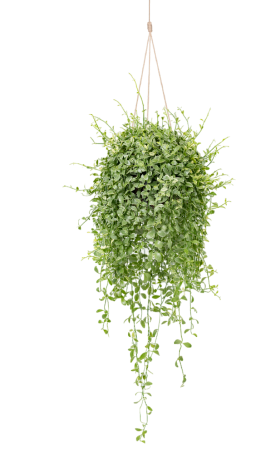Cloud Seeding: Beneficial or Harmful?

Rain is a scarce commodity in many areas of the world, and with the massive human and environmental consequences of drought, it was only a matter of time before humans figured out how to “make it rain”. This rainmaker technology is called cloud seeding, and it was first introduced in the skies over Massachusetts in 1946 in order to increase snowpack on the mountains. Since then, at least 50 projects in the US since 2000 have received significant government funding to seed clouds, and Idaho, Utah, Colorado, Wyoming, and California currently use it to combat perennial drought conditions. Even so, it’s a controversial practice (falling under geoengineering) that people deserve to know about.
The term cloud seeding is somewhat misleading, as it suggests the ability to create clouds. In actuality, clouds are not formed; ground-based generators are used, or airplanes fly into existing clouds and spread a small amount of silver iodide (AgI) to cause precipitation that might not otherwise happen. The silver iodide is a catalyst that causes water vapor in the cloud to condense and form droplets, ice crystals or snow. The silver iodide is precipitated out of the cloud with the rain or snow.
Here is where the controversy lies: should we be intervening in natural processes, is it really profitable, and what impact does the silver iodide have on the environment (and us)?
Up until the 1940s, rain was out of human control. Where, when, and how much rain we get was deemed “fate” or in God’s control, and prayer was considered our best way to influence it. This changed with cloud seeding, because clouds that might not otherwise produce precipitation could be made to rain or snow. Is this meddling with nature? Maybe. For example, since clouds drift with the wind, the cloud could be headed to another area, where it would have dropped the rain. But since the seeding extracted rain earlier, the rain never reached its natural destination (a different area is starved). In addition, there is evidence that cloud seeding may have caused some flooding natural disasters:
-
Heavy snowfall in normally arid northern China in 2009 was influenced by cloud seeding.
-
Cloud seeding may be linked to urban flooding in the United Arab Emirates.
Despite accusations, cloud seeding was deemed not to be the cause of the deadly flooding that claimed the lives of more than 100 people in Kerrville, Texas.
Does cloud seeding make an appreciable difference? Cloud seeding programs say that it does. For example, long-term cloud seeding projects over the mountains of Nevada and other parts of the world have been shown to increase the overall snowpack in the targeted areas by 10% or more per year. In Wyoming, a 10-year cloud seeding experiment in the Snowy Range and Sierra Madre Range resulted in five to 15 percent increases in snow pack from winter storms. At a study site in the Snowy Mountains of New South Wales, Australia, a five-year cloud seeding project designed by DRI resulted in a 14 percent increase in snowfall across the project area. (What is Cloud Seeding?) On the opposite side of the coin, the National Academy of Sciences produced a study in 2003 which reported a high degree of uncertainty regarding the efficacy of cloud seeding. Numerous studies have been conducted since then, but the evidence is still inconclusive. (Dodging silver bullets: how cloud seeding could go wrong)
Finally, how does silver iodide affect people and the environment? Silver iodide is known to be toxic and is regulated under the Clean Water Act as a hazardous substance. It is used in very small amounts over a large area (such as 70 grams spread over 2 clouds), but according to a 2016 study, silver iodide from cloud seeding may moderately affect organisms (soil worms and green algae were analyzed) living in both terrestrial and aquatic ecosystems if cloud seeding is repeatedly applied in a specific area and large amounts of seeding materials accumulate in the environment. For humans, although silver iodide in larger amounts can cause argyria (where skin turns ashen/blue color), a 1972 study concluded that there appeared to be no danger in drinking water or breathing air where the chemical is deposited.
Since cloud seeding mainly channels or diverts precipitation from one area to another, it may become more controversial if it’s proven to shift drought from one state to another, similar to the Rio Grande water rights issue between Colorado, New Mexico and Texas. And for sure, it must be used with caution in order not to damage the environment or cause flooding. It’s definitely worth your investigation to see what effects cloud seeding is having in your area.
Photo by Steven Sepulveda on Unsplash






